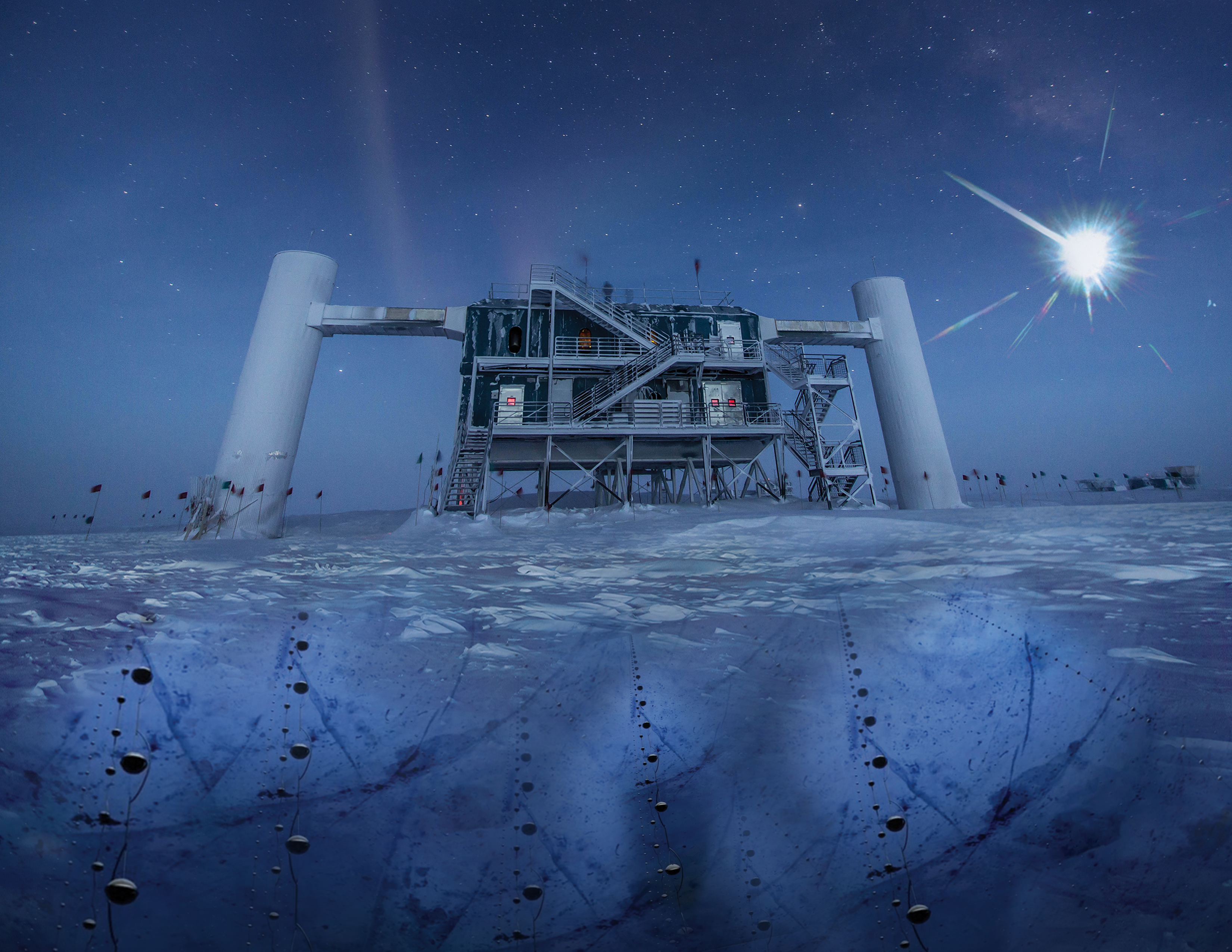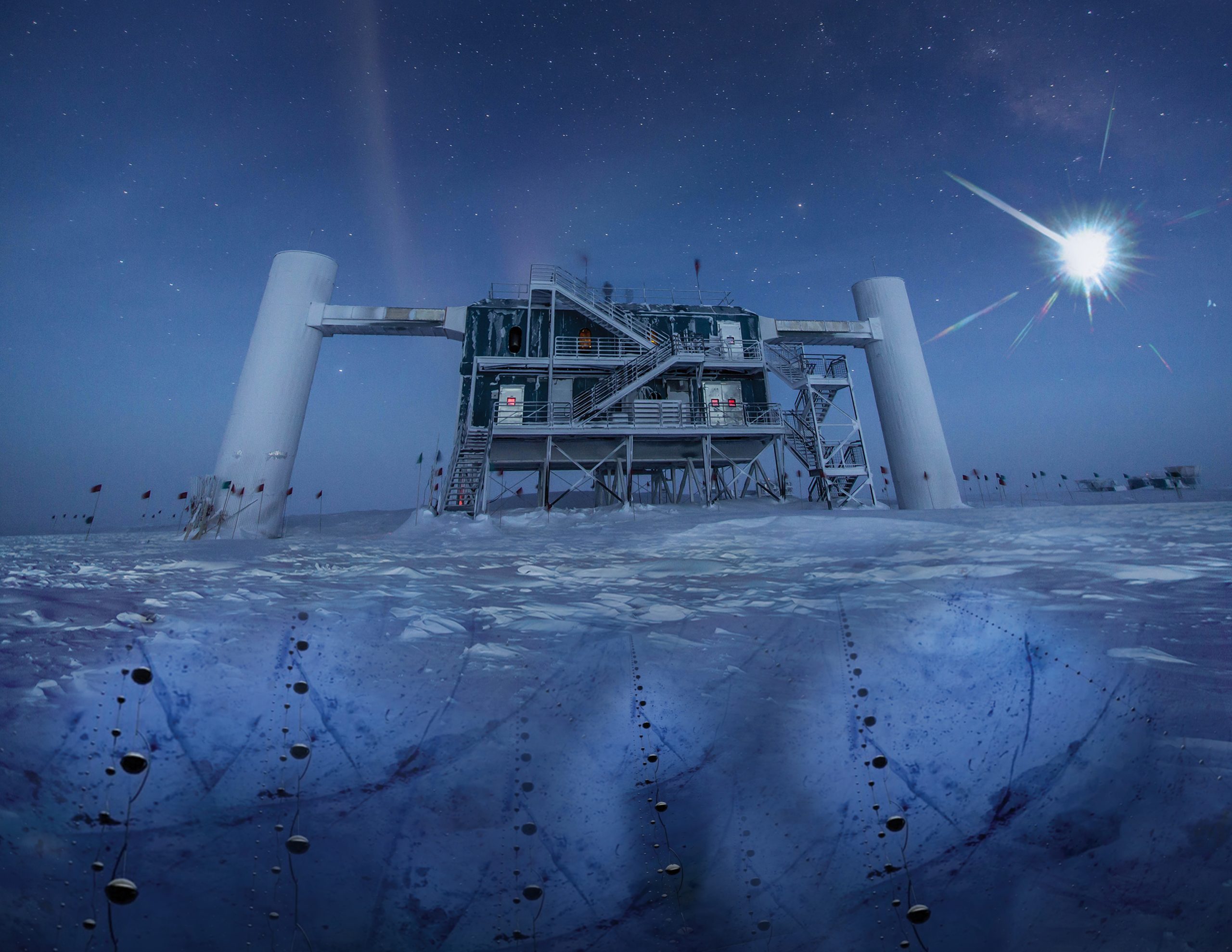
UCLA Physicists Present Fresh Perspectives on Enigmatic Neutrinos from the Squid Galaxy
An international collective of physicists, spearheaded by scholars from UCLA, has introduced an inventive theory regarding the enigmatic emergence of high-energy neutrinos from NGC 1068—commonly referred to as the Squid Galaxy. The results, featured in Physical Review Letters on April 18, challenge entrenched astrophysical concepts and suggest an alternative framework that could transform our comprehension of intense cosmic environments.
A Universe of Ethereal Messengers
High-energy neutrinos—frequently dubbed “ghost particles” due to their minimal interactions with ordinary matter—have persistently avoided both detection and complete understanding. These nearly weightless particles can traverse immense cosmic distances unperturbed by magnetic influences or interstellar matter, rendering them perfect messengers for investigating phenomena in the far reaches of the universe.
However, when the IceCube Neutrino Observatory in Antarctica identified an influx of such particles coming from NGC 1068, researchers were puzzled. The neutrino signal was robust, yet contrary to expectations, the corresponding gamma-ray signature turned out to be surprisingly feeble—a discrepancy that conventional models failed to explain.
A Novel Form of Particle Collision
The revelation arose when the UCLA-led research team theorized that the neutrinos might not stem from proton collisions, as typically assumed, but from interactions involving helium nuclei.
At the core of active galactic nuclei like NGC 1068, supermassive black holes produce jets of matter soaring at nearly the speed of light. The team suggested that within these tumultuous jets, helium nuclei are propelled to extraordinary energies. Upon colliding with ultraviolet photons, they disintegrate—resulting in neutrons rather than protons.
These neutrons decay to release neutrinos without generating a significant gamma-ray signature. This nuanced variation in the elemental makeup of cosmic rays provides a compelling resolution to the neutrino-gamma disparity.
“Helium is essential,” remarked Koichiro Yasuda, primary author and UCLA doctoral candidate. “While hydrogen-driven interactions would yield both neutrinos and noticeable gamma rays, helium atoms permit a different decay route—emitting neutrinos without the gamma ray trail we typically expect.”
Aligning Theory with IceCube Data
There are numerous persuasive reasons why this novel model is gaining momentum:
– It forecasts the same neutrino energy spectrum—ranging from 1 to 100 teraelectronvolts (TeV)—as observed by IceCube.
– It corresponds to the diminished gamma-ray signal from NGC 1068.
– The model replicates the unique energy patterns noted in both neutrino and gamma-ray datasets.
– It sheds light on the harsh, poorly understood regions surrounding supermassive black holes.
– It suggests that many other galaxies akin to NGC 1068 might produce neutrinos via the same process.
“This provides us with a fundamentally new approach to comprehending how neutrino signals are generated throughout the cosmos,” stated Yoshiyuki Inoue, an astrophysics professor at the University of Osaka and a co-author of the research.
The Significance of Neutrino Astronomy
The ramifications of this research extend well beyond merely elucidating an anomaly in a distant galaxy. “We are just beginning to explore the potential of neutrino astronomy,” said Alexander Kusenko, professor of physics and astronomy at UCLA. “Neutrinos offer a uniquely clear perspective into the most extreme conditions in the universe.”
As additional neutrino observatories become operational and existing ones undergo enhancements, scientists aspire to detect more such signals, not only to confirm their model but also to construct a more comprehensive map of neutrino sources across the cosmos.
Could This Influence Earthly Technology?
While the study of these elusive subatomic particles in distant galaxies may seem disconnected from daily life, history suggests otherwise. Kusenko highlights that numerous technological breakthroughs have originated from fundamental, curiosity-driven research.
“For instance, the electron—initially viewed as an insignificant discovery—has evolved into the foundation of modern electronics,” he remarked. In more recent times, innovations like the World Wide Web and MRI machines have resulted from advancements in high-energy physics and quantum research.
In a similar vein, the methodologies, datasets, and theoretical insights gained from neutrino astronomy may pave the way for future breakthroughs that are currently beyond our imagination—from novel types of sensors and materials to quantum communication technologies.
Looking Ahead
The research also suggests potential connections closer to home. Much like NGC 1068, the Milky Way possesses a supermassive black hole. If analogous particle interactions are taking place near our galactic core, it could serve as a valuable natural laboratory for examining these phenomena up close.
“We need to observe more galaxies and identify additional high-energy neutrinos to corroborate this model and its broader implications,” Kusenko stated. “This is how science progresses—by solving one enigma and uncovering three more.”
Investing in fundamental research may not yield immediate results, but the long-term benefits—scientific, technological, and philosophical—are immeasurable. As we embark on this new era of discovery,
